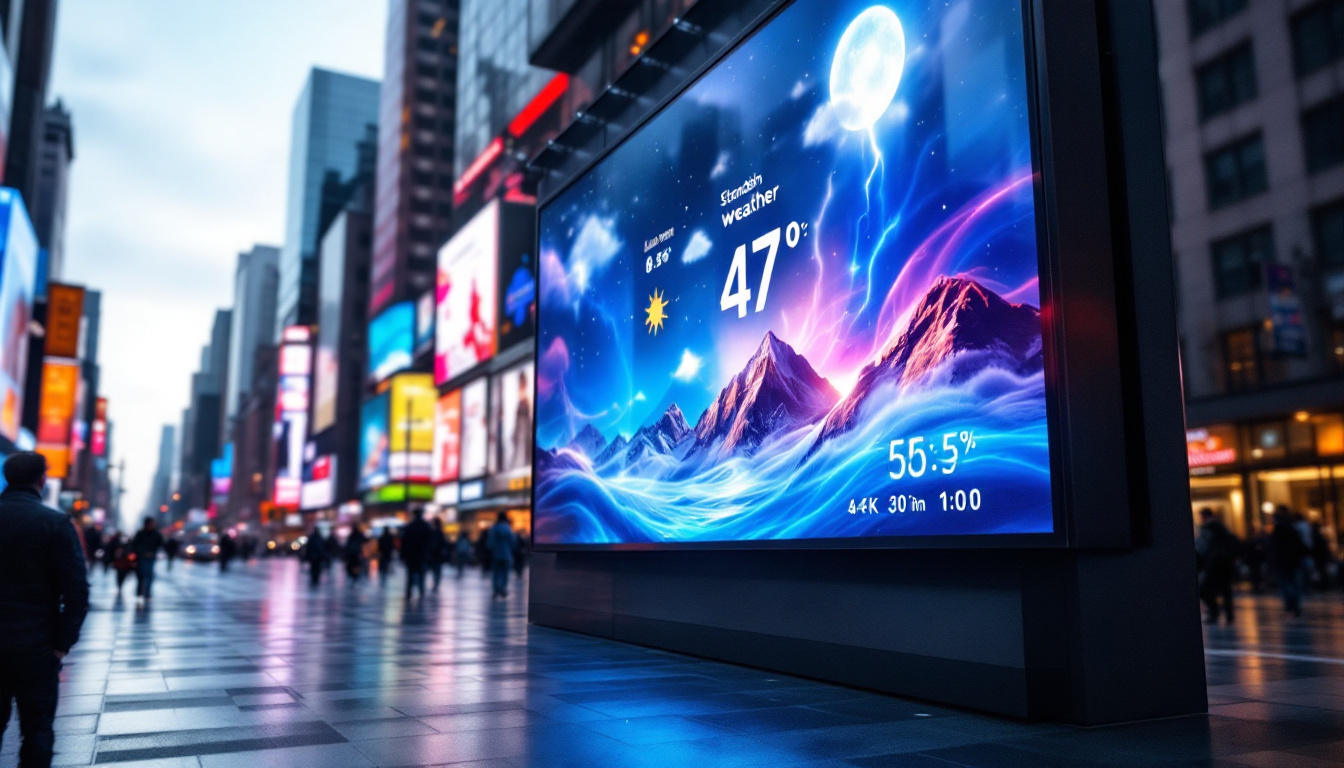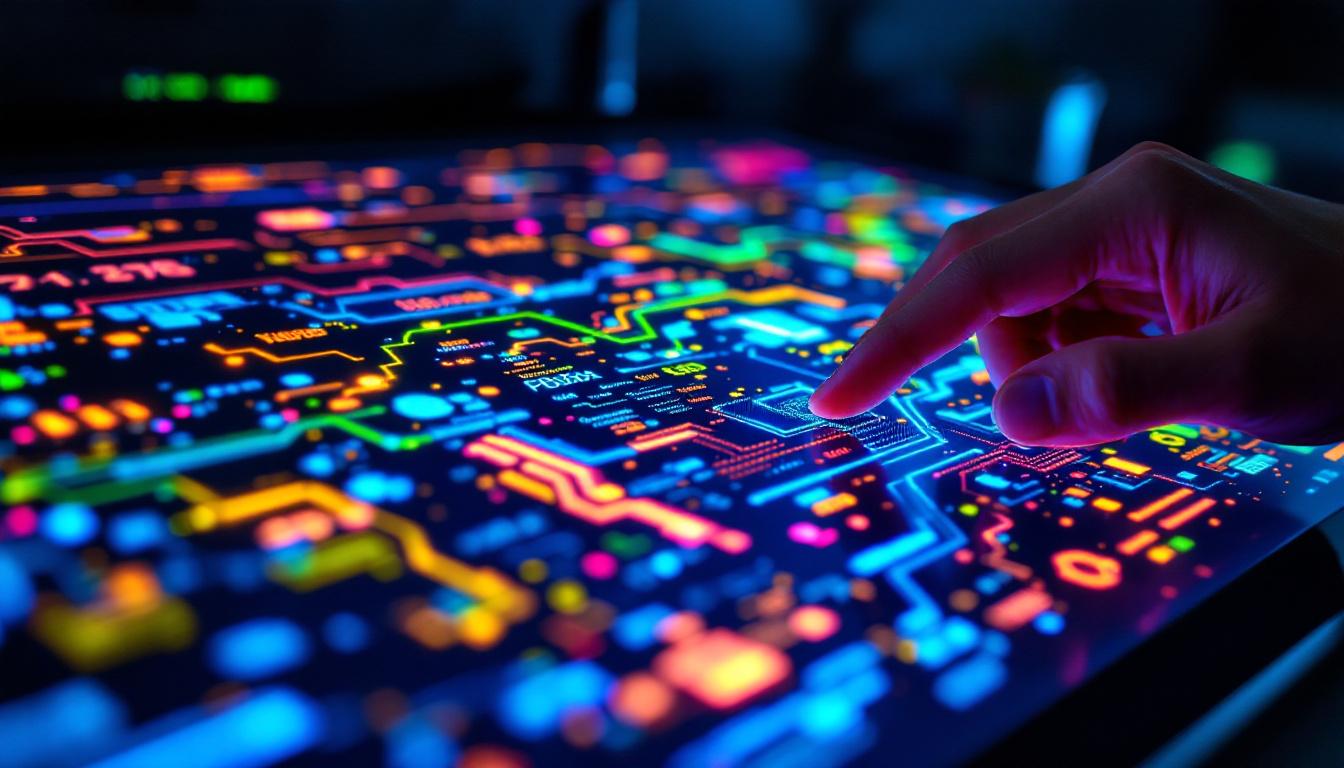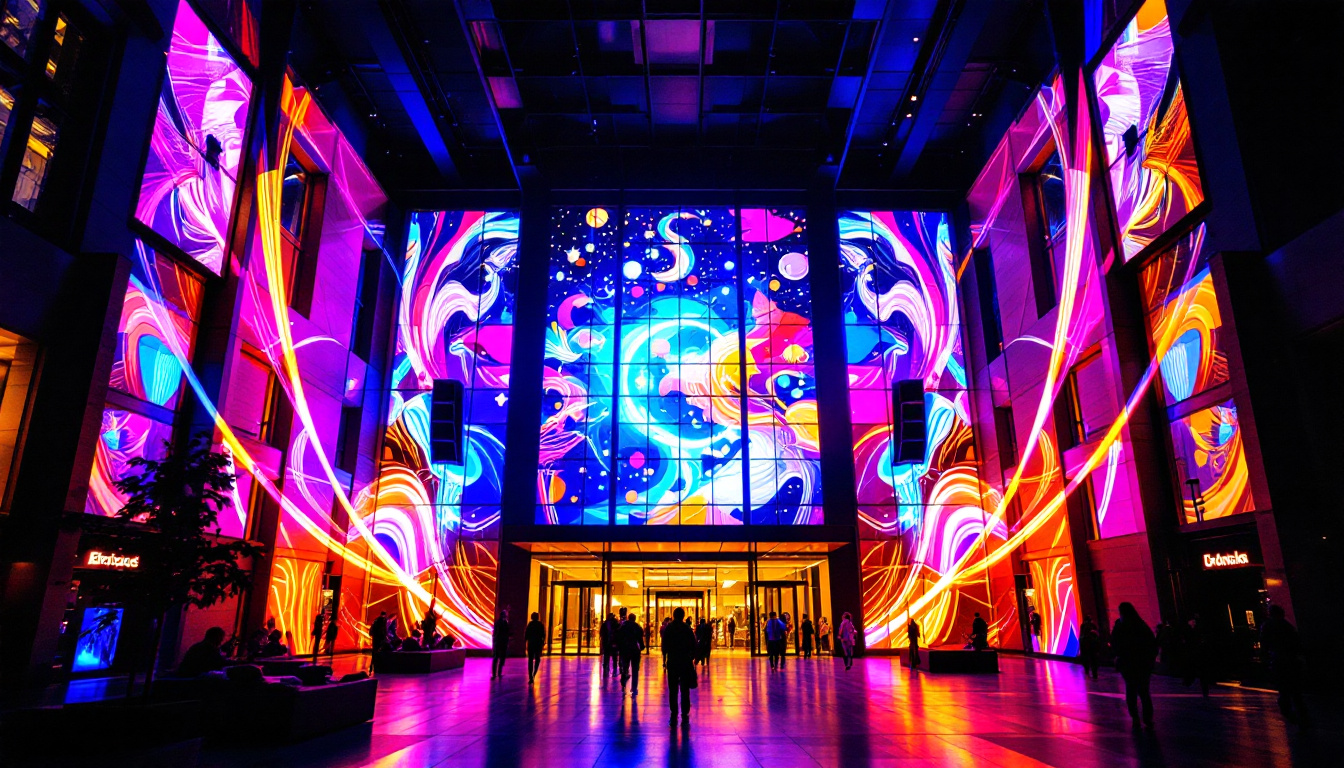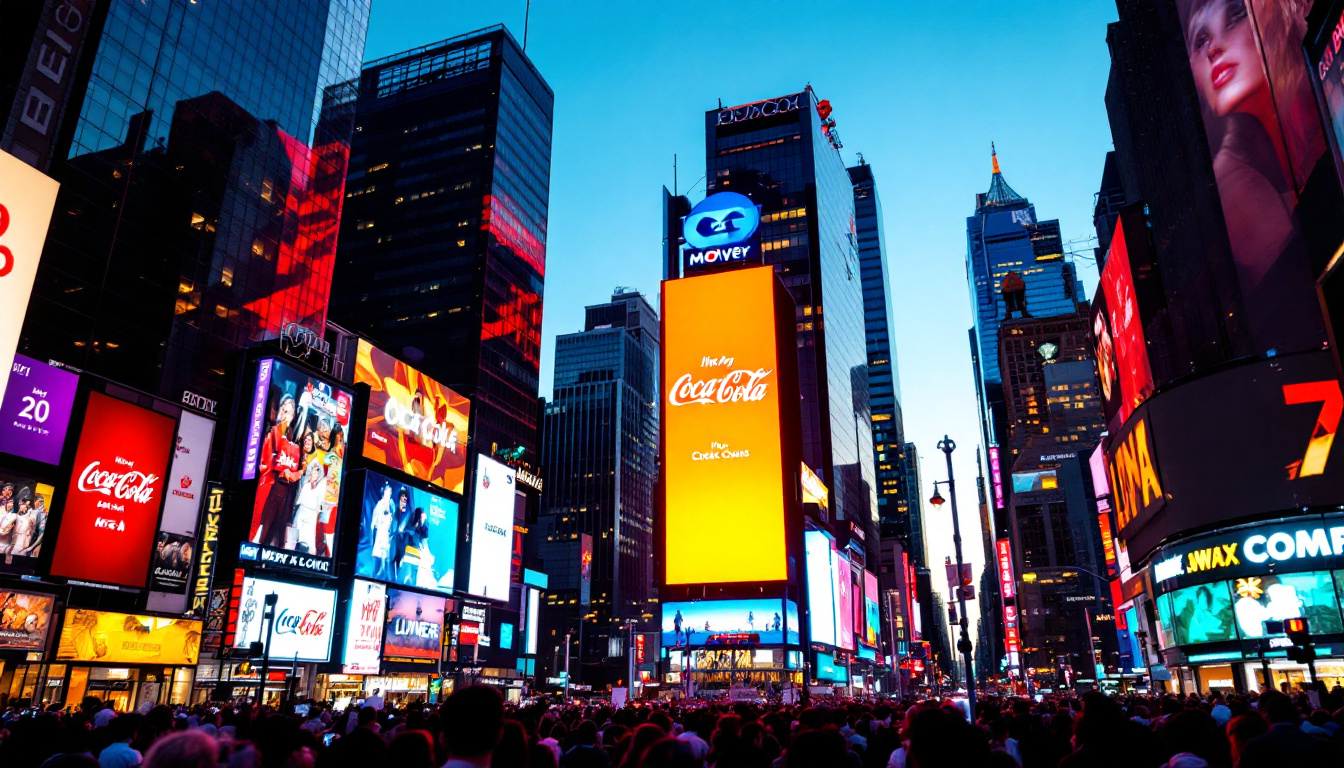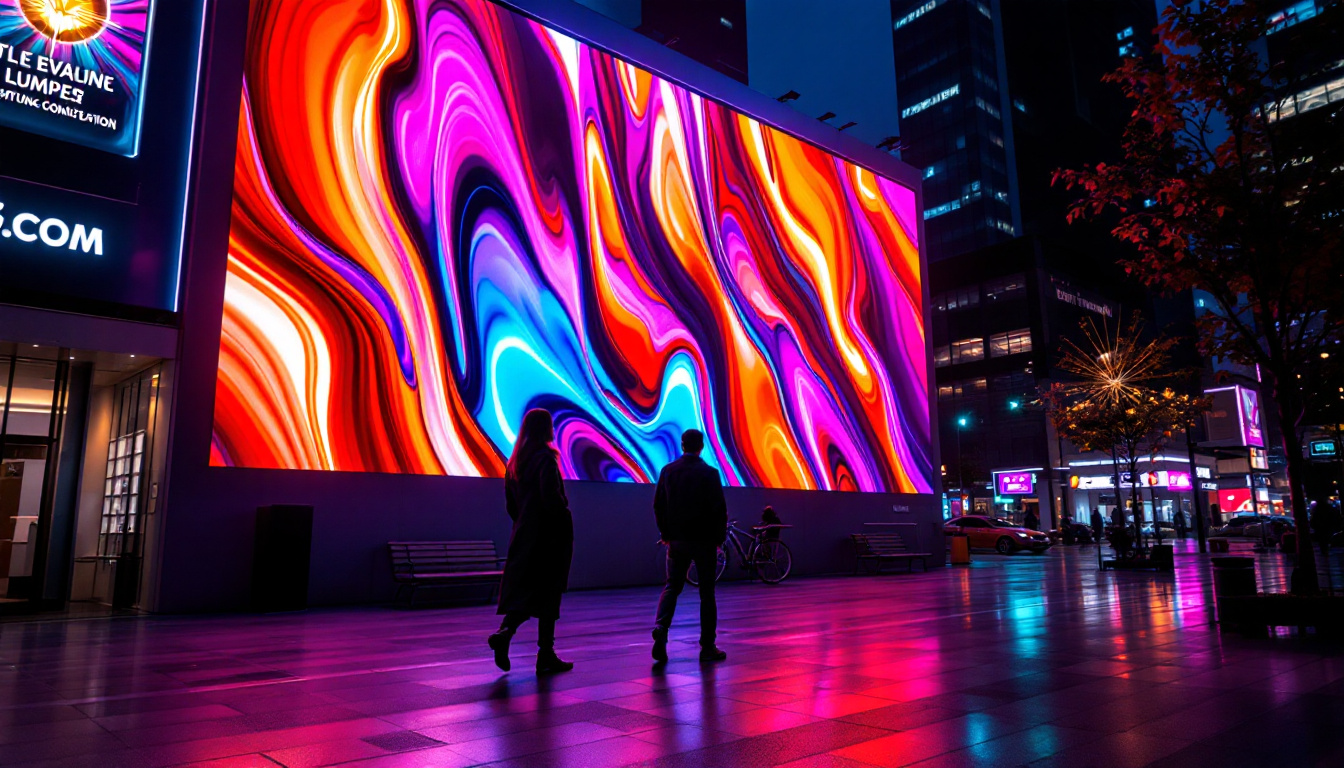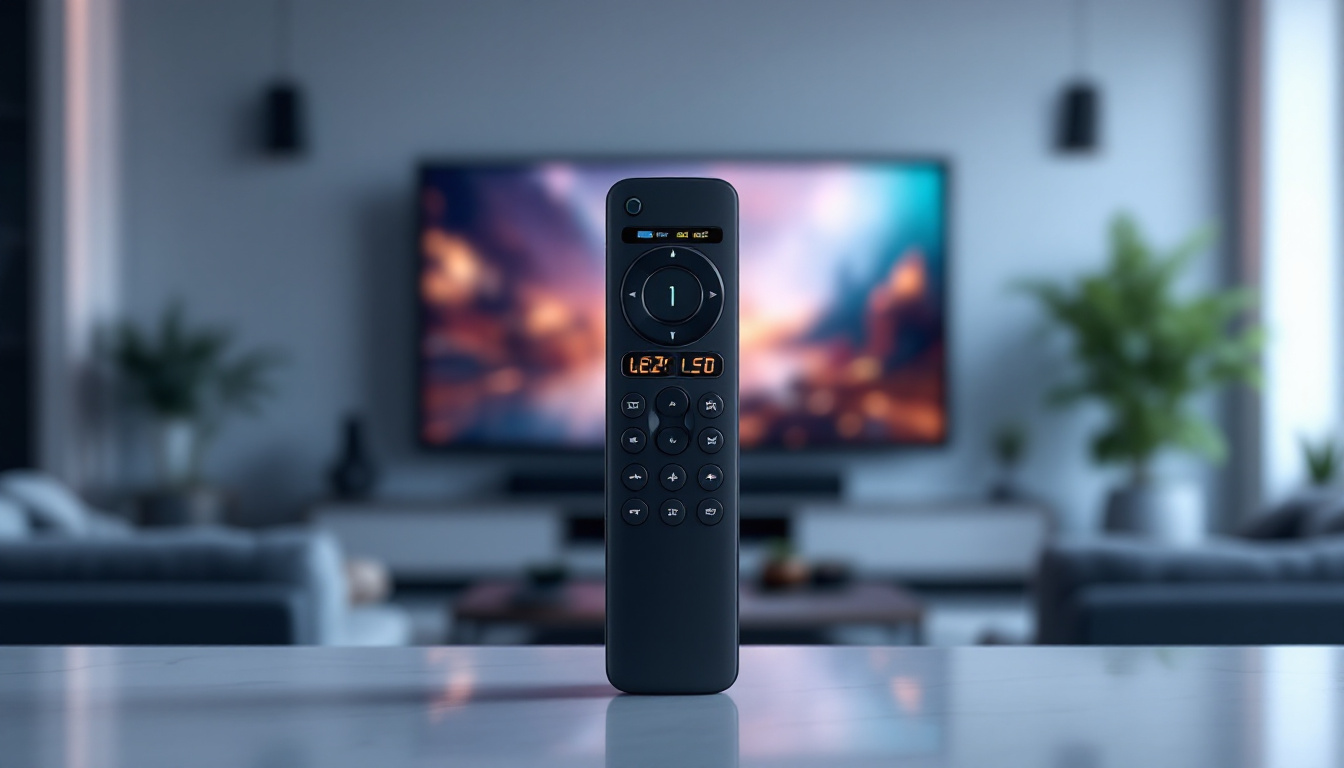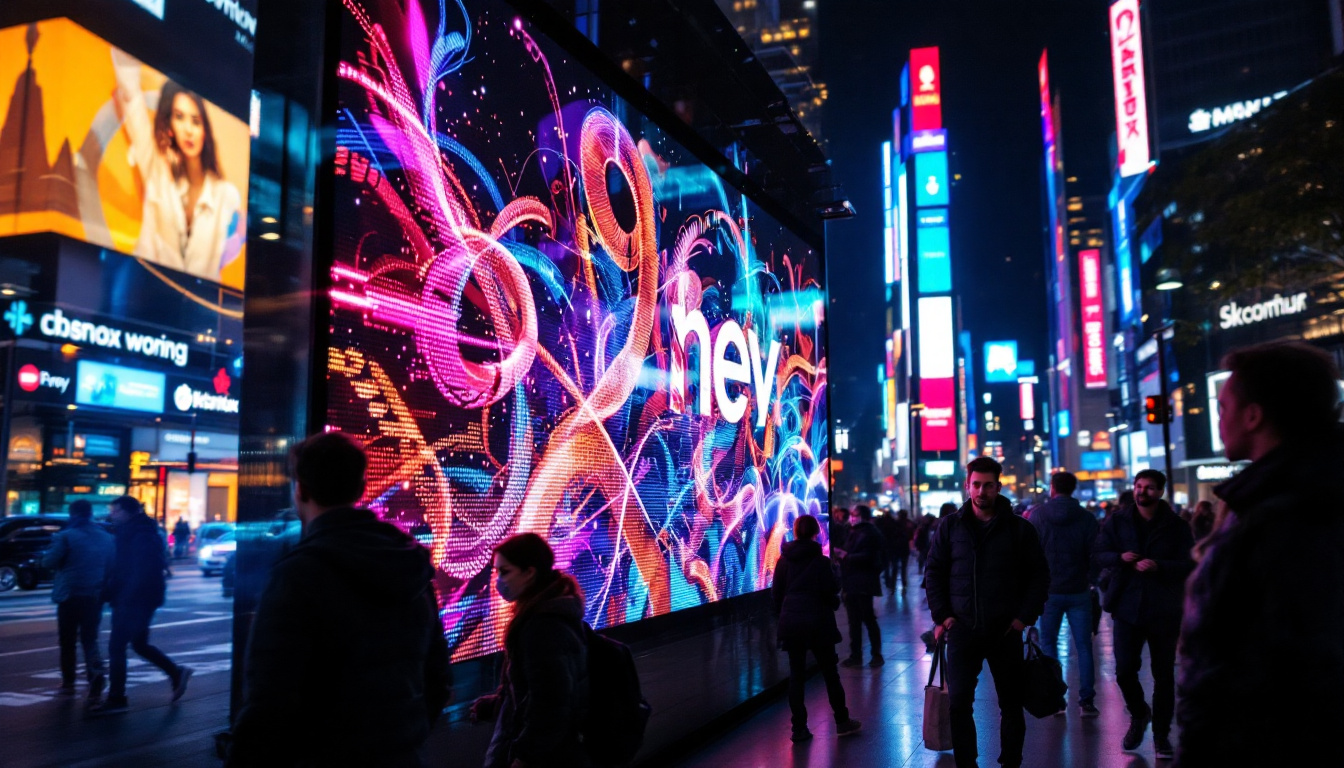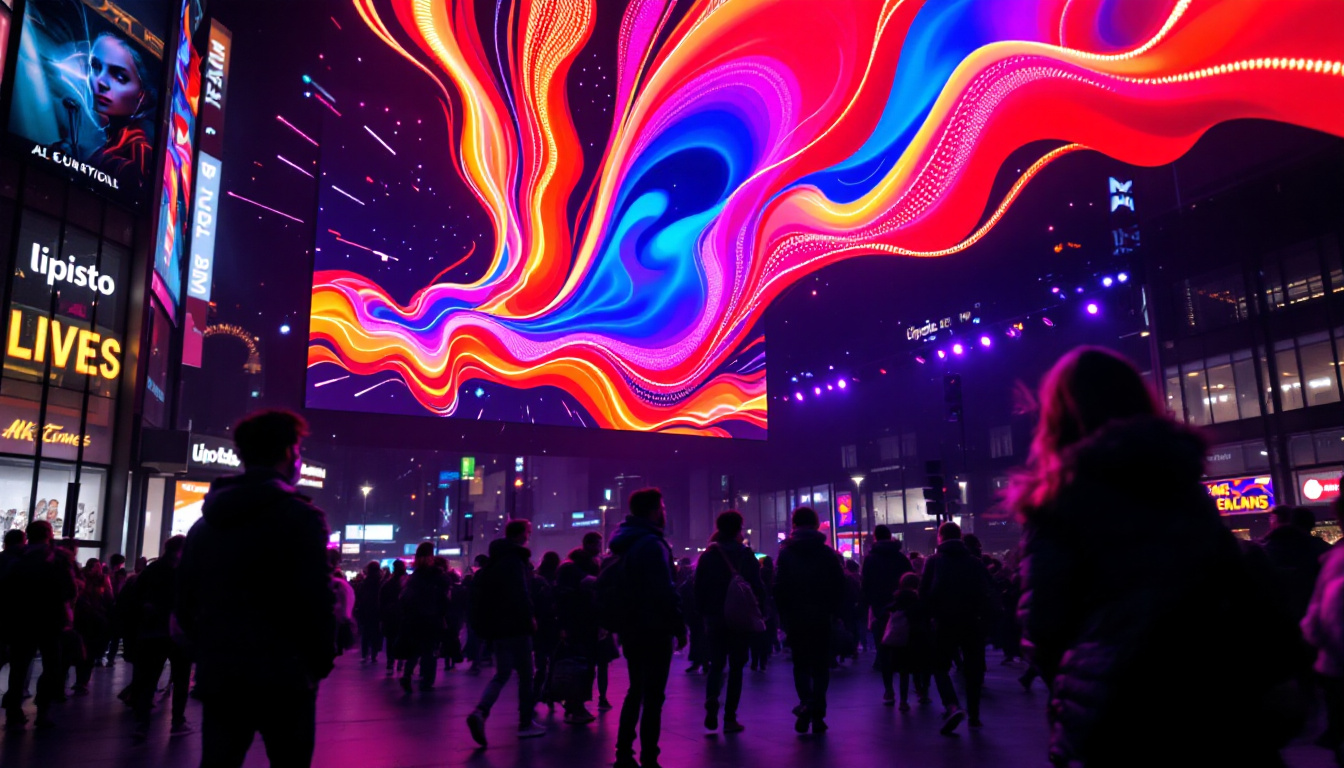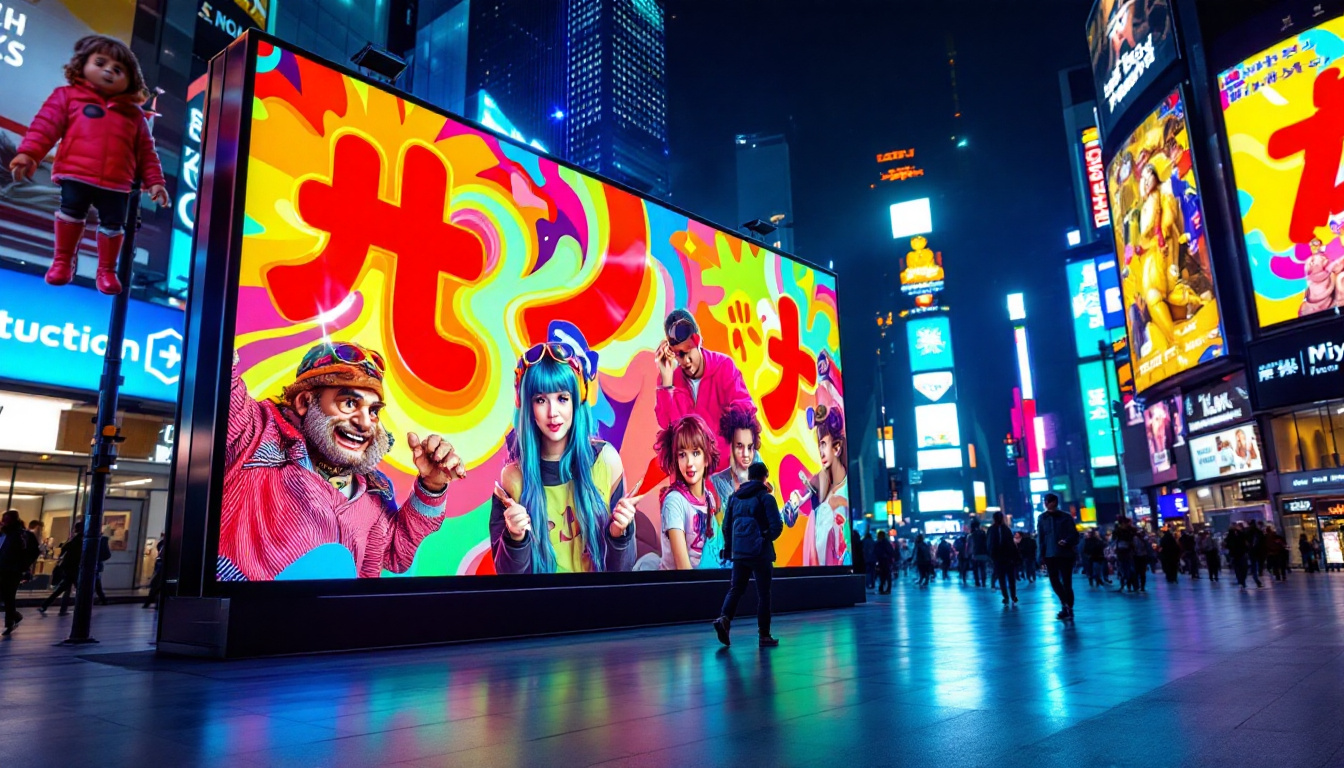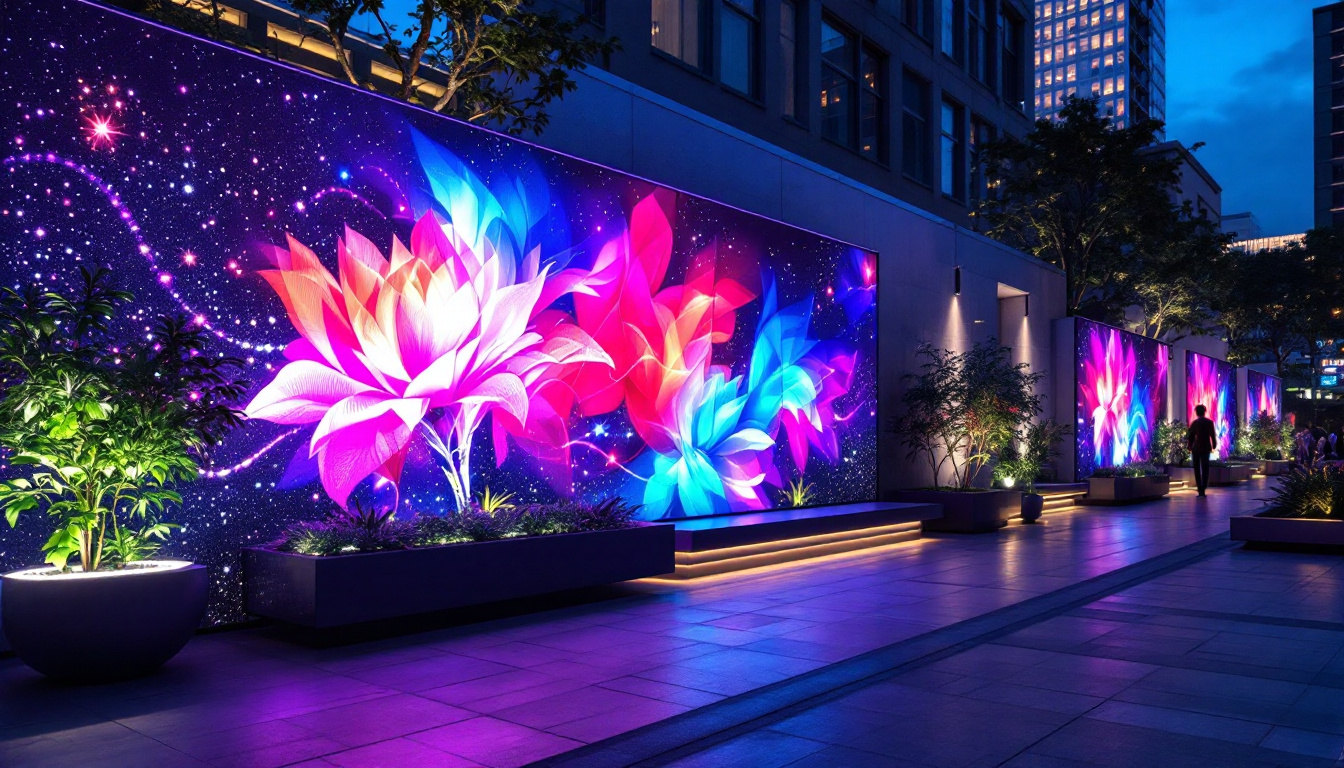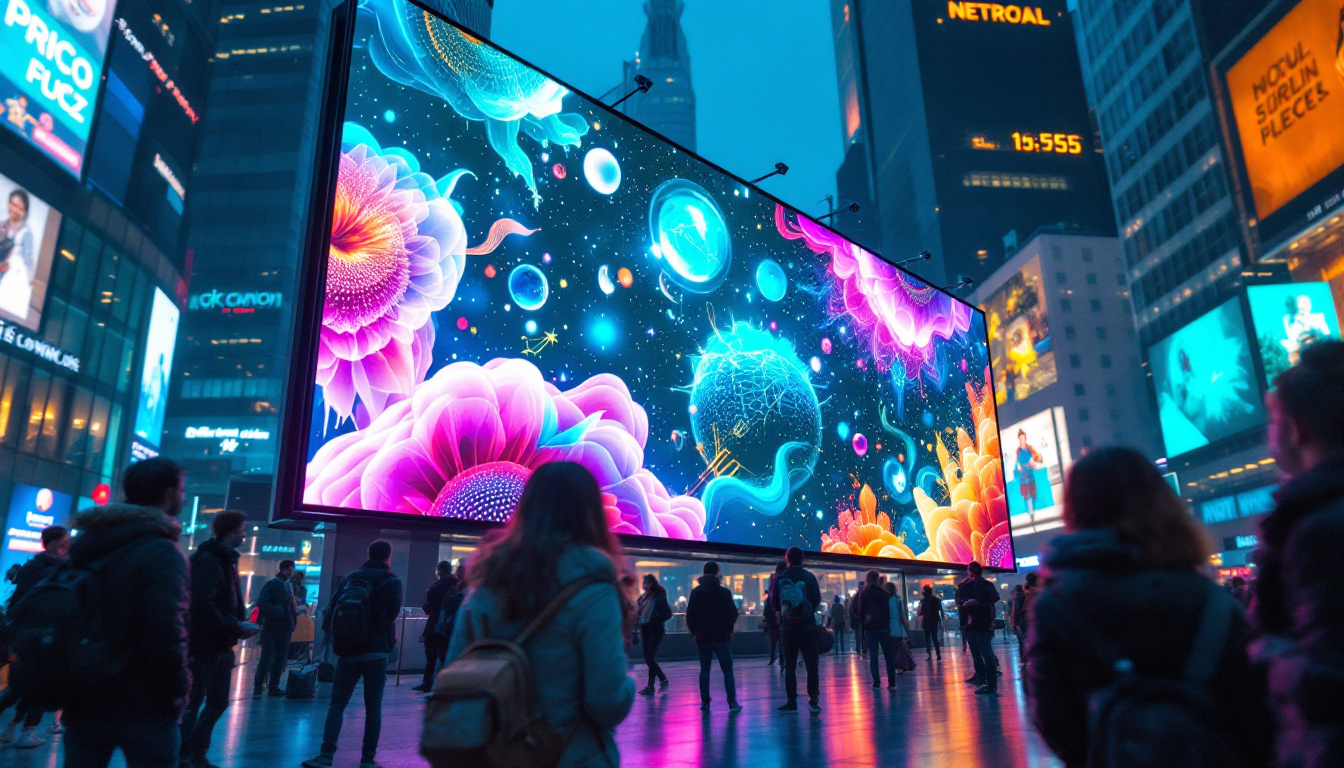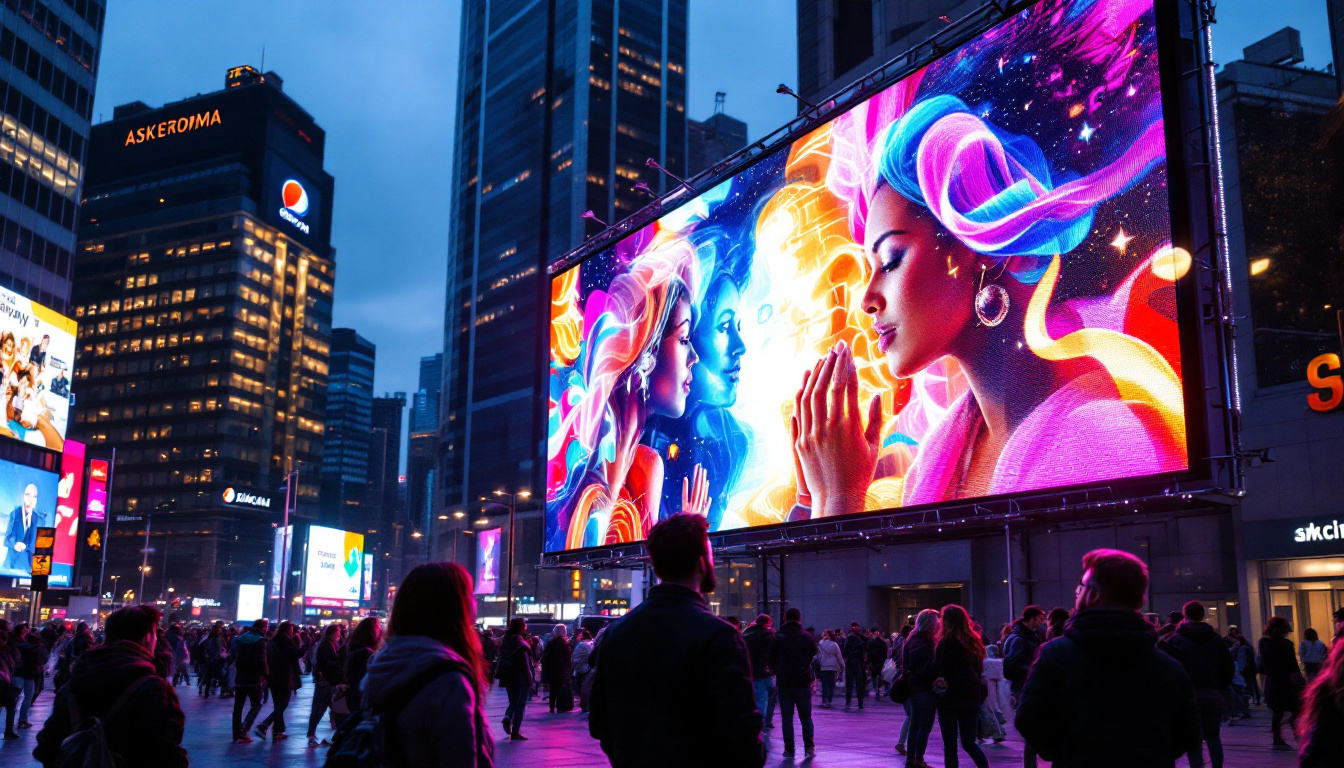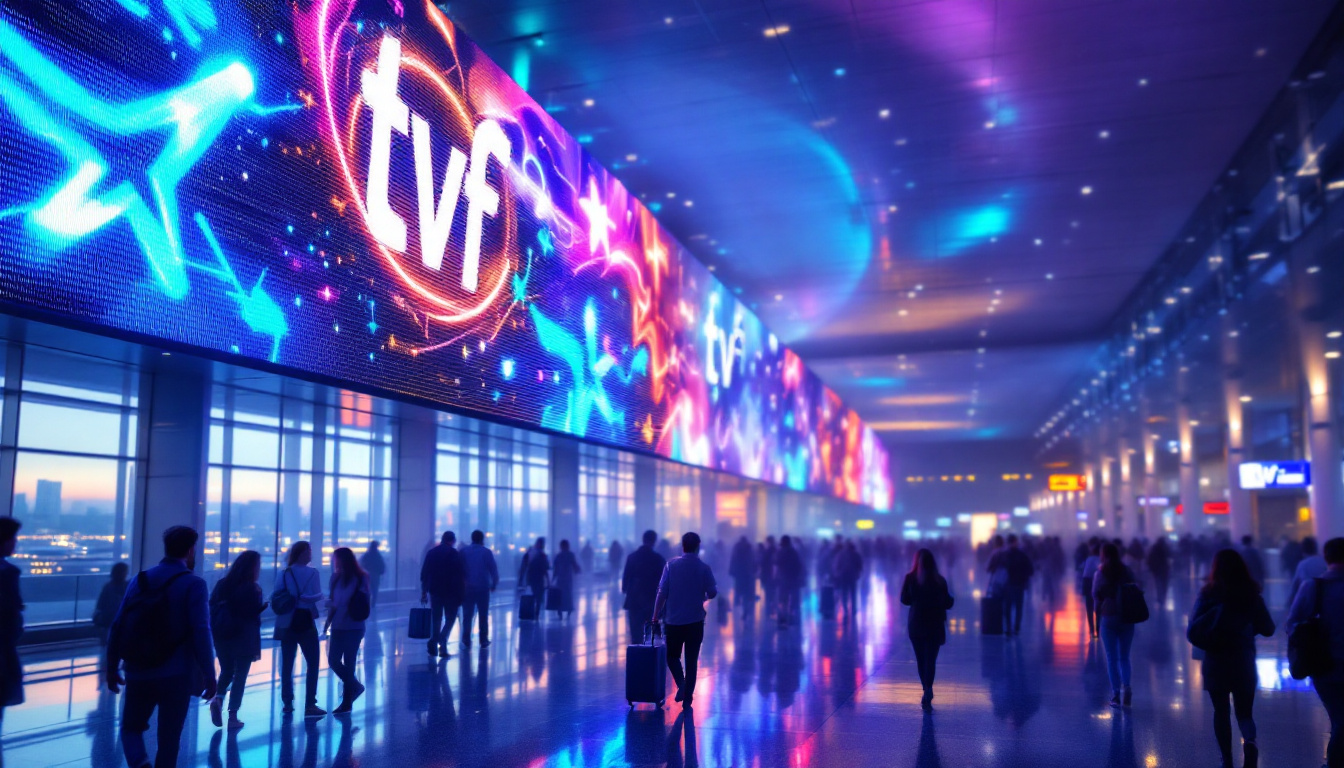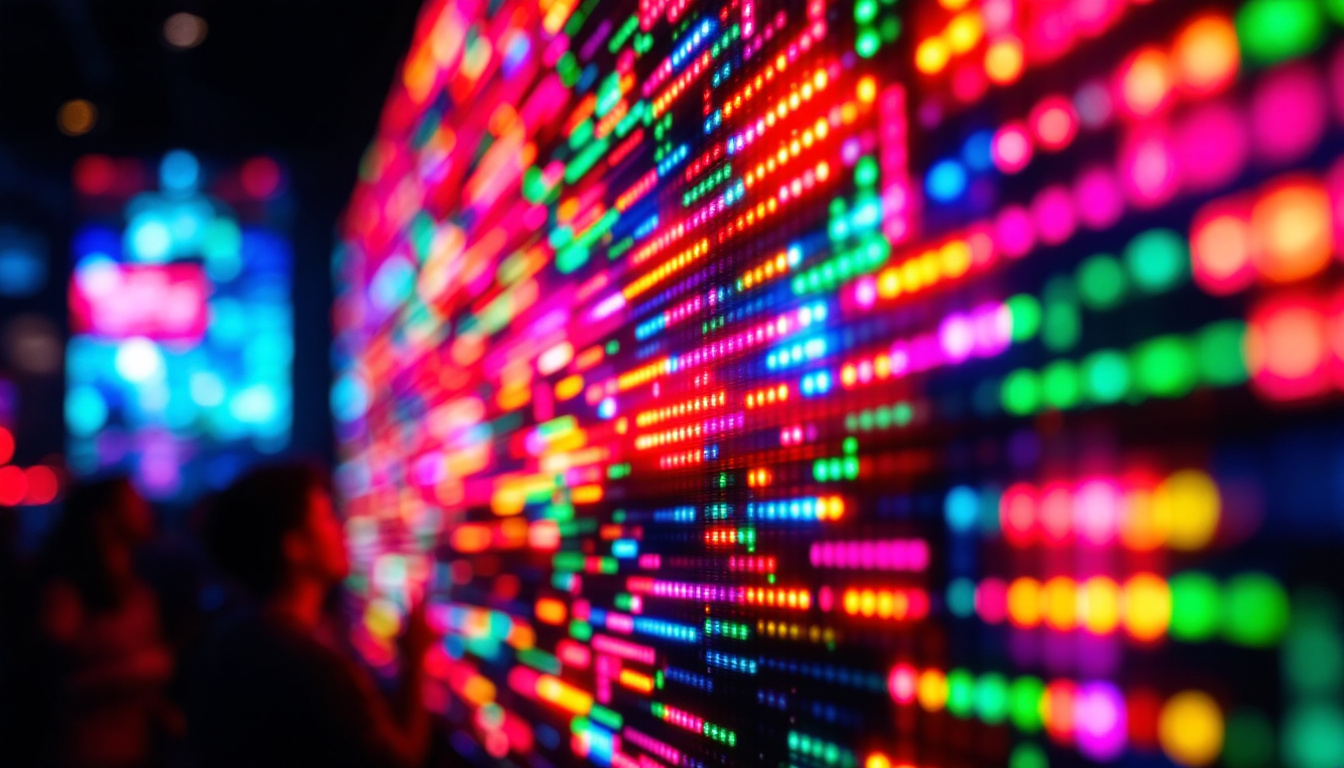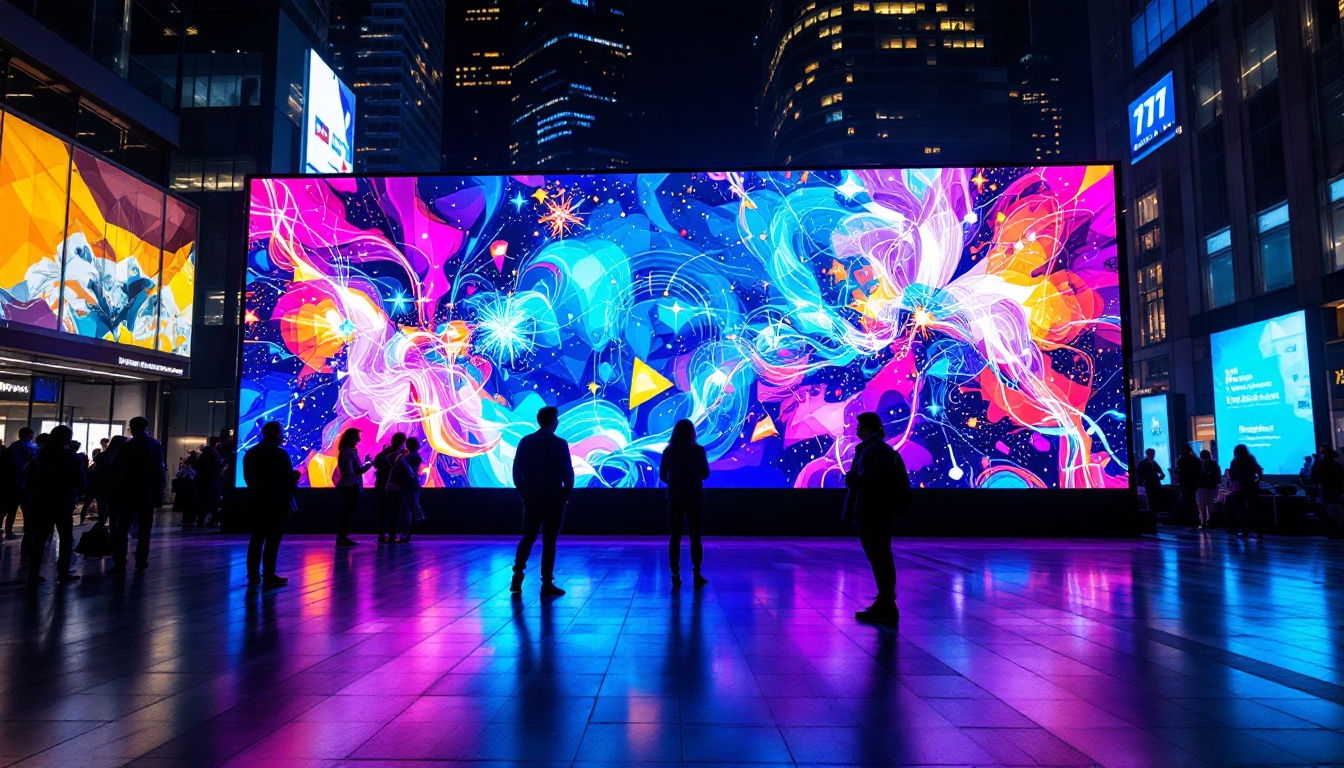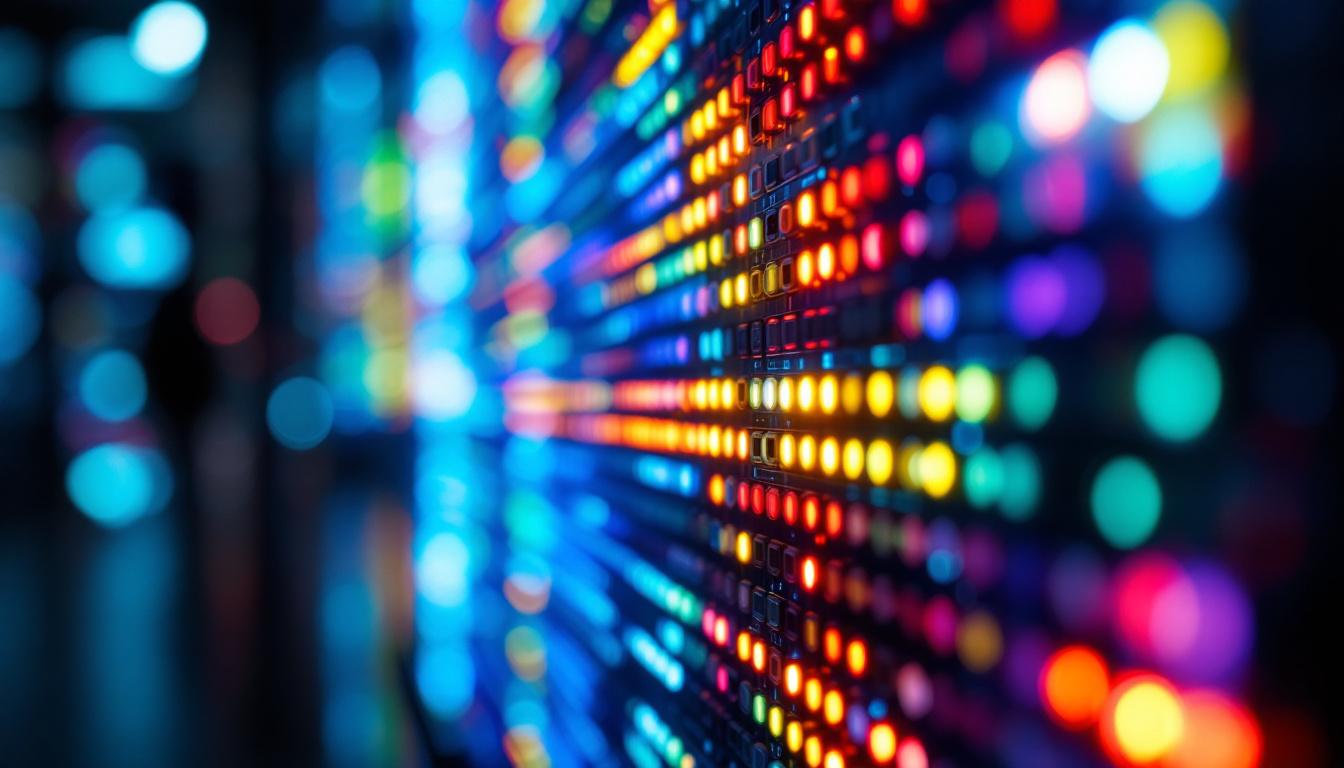In the rapidly evolving world of display technology, LED displays have become a cornerstone for both commercial and consumer applications. The term “W 32” often appears in discussions about LED modules and panels, yet it can be confusing without a clear understanding of what it represents. This article delves into the intricacies of W 32 LED displays, explaining their technology, applications, and why they are gaining prominence in various industries.
Understanding LED Display Technology
LED stands for Light Emitting Diode, a semiconductor device that emits light when an electric current passes through it. LED displays use arrays of these diodes to create images, videos, and text by controlling the light intensity and color of each diode. Unlike traditional LCD or plasma screens, LED displays offer superior brightness, contrast, and energy efficiency, making them ideal for both indoor and outdoor use. The versatility of LED technology has led to its widespread adoption in various applications, from advertising billboards to digital signage in retail environments, enhancing the visual experience for consumers and businesses alike.
The W 32 designation typically refers to a specific type or model within a family of LED display modules. It often relates to the pixel pitch or the physical size of the LED module, which directly impacts the resolution and viewing distance of the display. For example, a W 32 LED module might indicate a 32mm pixel pitch, meaning the distance between the centers of two adjacent LEDs is 32 millimeters. This spacing is a crucial factor in determining the clarity and sharpness of the displayed image. Furthermore, advancements in LED technology have allowed for even smaller pixel pitches, pushing the boundaries of what is possible in terms of display resolution and image fidelity, catering to the growing demand for high-definition content.
Pixel Pitch and Its Importance
Pixel pitch is one of the most critical specifications when evaluating LED displays. It defines the density of LEDs per unit area and influences the resolution. Smaller pixel pitches mean higher resolution and finer detail, which is essential for close-up viewing environments such as retail stores or control rooms. Conversely, larger pixel pitches are suitable for large-scale outdoor displays viewed from a distance, such as billboards or stadium screens. The choice of pixel pitch not only affects the visual quality but also impacts the overall cost and energy consumption of the display, making it a vital consideration for any project.
For instance, a W 32 LED display with a 32mm pixel pitch is optimized for long-distance visibility, often used in outdoor advertising or large public information screens. It balances cost-effectiveness with adequate image quality for viewers standing several meters away. Understanding this helps businesses select the right LED display for their specific needs, ensuring optimal performance and return on investment. Additionally, the environmental conditions where the display will be installed play a significant role in this decision; factors such as sunlight exposure, weather resistance, and temperature fluctuations must be taken into account to ensure the longevity and reliability of the display. As technology continues to evolve, the integration of smart features such as remote monitoring and automatic brightness adjustment further enhances the functionality of LED displays, making them an increasingly attractive option for a wide range of applications.
Technical Specifications of W 32 LED Displays
To appreciate the capabilities of W 32 LED displays, it is essential to examine their technical specifications in detail. These parameters determine the display’s performance, durability, and suitability for various applications.
Brightness and Contrast
One of the standout features of LED displays, including the W 32 series, is their high brightness levels. Typically, W 32 LED modules can achieve brightness levels ranging from 5,000 to 7,000 nits, which is significantly higher than conventional LCD screens. This high brightness ensures excellent visibility even in direct sunlight, making W 32 displays ideal for outdoor environments.
Contrast ratio, the difference between the brightest white and the darkest black a display can produce, is also superior in LED technology. The ability to turn off individual LEDs allows for true blacks and vibrant colors, enhancing the overall viewing experience.
Durability and Weather Resistance
W 32 LED displays are designed to withstand harsh environmental conditions. Most modules come with an IP65 or higher rating, indicating resistance to dust and water ingress. This makes them suitable for outdoor installations where exposure to rain, dust, and extreme temperatures is common.
Additionally, the robust construction of W 32 modules ensures longevity and minimal maintenance requirements. High-quality materials and protective coatings prevent corrosion and physical damage, reducing downtime and operational costs.
Energy Efficiency
Energy consumption is a vital consideration, especially for large-scale displays. W 32 LED displays are engineered to be energy-efficient, utilizing advanced LED chips and power management systems that reduce electricity usage without compromising brightness or image quality. This efficiency translates into lower operating costs and a smaller environmental footprint, aligning with modern sustainability goals.
Applications of W 32 LED Displays
The versatility of W 32 LED displays allows them to serve a broad spectrum of industries and purposes. Their unique combination of size, resolution, and durability makes them a popular choice for various applications.
Outdoor Advertising and Billboards
One of the most common uses of W 32 LED displays is in outdoor advertising. The large pixel pitch and high brightness make these displays perfect for billboards, roadside advertising, and public information boards. Their visibility from long distances ensures that messages reach a wide audience effectively.
For advertisers, the ability to update content dynamically allows for more engaging and timely campaigns. Digital billboards powered by W 32 LED technology can display multiple ads in rotation, incorporate animations, and respond to real-time data such as weather or traffic conditions.
Sports and Entertainment Venues
Stadiums and arenas frequently utilize W 32 LED displays for scoreboards, live video feeds, and promotional content. The size and brightness of these displays ensure that spectators, even those seated far from the action, can clearly see critical information and replays.
Moreover, the durability of W 32 modules makes them suitable for outdoor stadiums exposed to weather elements. Their ability to deliver vivid visuals enhances the overall fan experience and opens new revenue streams through advertising and sponsorships.
Transportation and Public Information Systems
Transportation hubs such as airports, train stations, and bus terminals benefit from W 32 LED displays for real-time information dissemination. These displays provide clear, visible updates on schedules, delays, and emergency announcements, improving passenger experience and operational efficiency.
Similarly, city centers and public spaces use W 32 LED screens for community announcements, event promotions, and safety alerts. Their reliability and visibility make them essential tools for urban communication strategies.
Choosing the Right W 32 LED Display
Selecting the appropriate W 32 LED display involves careful consideration of several factors to ensure it meets the specific needs of the intended application.
Viewing Distance and Environment
Understanding the typical viewing distance is crucial. W 32 displays with a 32mm pixel pitch are optimized for long-distance viewing, generally suitable for distances exceeding 20 meters. For closer viewing, smaller pixel pitches would be more appropriate to maintain image clarity.
Environmental conditions also play a significant role. For outdoor installations, weather resistance and brightness are paramount. Indoor environments may prioritize resolution and color accuracy over extreme brightness.
Content and Resolution Requirements
The type of content displayed influences the choice of LED module. Static images and text require less resolution than detailed videos or graphics. W 32 displays offer a balance suitable for many outdoor applications, but for high-definition video playback, finer pixel pitches might be necessary.
Additionally, the ability to integrate with content management systems and support various input formats ensures flexibility and ease of use.
Budget and Maintenance Considerations
Cost is always a factor in technology investments. W 32 LED displays provide a cost-effective solution for large-scale outdoor displays due to their pixel pitch and durability. However, buyers should also consider long-term maintenance costs, including power consumption, repair, and potential module replacements.
Choosing reputable manufacturers and ensuring warranties and support services can mitigate risks and enhance the lifespan of the display.
Future Trends in LED Display Technology
The LED display industry continues to innovate, with trends that will impact the future of W 32 and similar modules.
Miniaturization and Higher Resolution
Advancements in LED chip technology are enabling smaller pixel pitches without sacrificing brightness or durability. This trend allows for higher resolution displays even at larger sizes, expanding the potential applications of LED screens.
While W 32 modules serve long-distance viewing needs well, future iterations may incorporate finer pitches to offer more versatile solutions.
Smart and Interactive Displays
Integration with sensors, cameras, and AI-driven content management systems is transforming LED displays into interactive platforms. This evolution enables personalized advertising, real-time data visualization, and enhanced user engagement.
W 32 displays, with their robust outdoor capabilities, are well-positioned to benefit from these innovations, particularly in smart city and transportation contexts.
Energy Efficiency and Sustainability
Ongoing improvements in LED efficiency and power management are reducing the environmental impact of large displays. Renewable energy integration and recyclable materials are becoming standard considerations in new products.
Choosing energy-efficient W 32 LED displays aligns with corporate social responsibility goals and regulatory requirements, making them a forward-looking choice.
Conclusion
W 32 LED displays represent a critical segment of the LED technology market, offering a compelling combination of size, brightness, durability, and cost-effectiveness. Their design caters primarily to large-scale, long-distance viewing applications such as outdoor advertising, sports venues, and public information systems.
Understanding the technical aspects like pixel pitch, brightness, and environmental resistance, alongside application-specific requirements, is essential for making informed decisions. As LED technology continues to advance, W 32 displays will likely evolve, incorporating higher resolutions, interactivity, and greater energy efficiency.
For businesses and organizations looking to invest in LED display solutions, W 32 modules provide a reliable and versatile option that meets current demands while offering a pathway to future innovations.
Discover LumenMatrix’s Advanced LED Display Solutions
Ready to elevate your visual communication with cutting-edge LED technology? LumenMatrix offers a diverse range of LED display modules tailored to your unique needs, from vibrant outdoor billboards to immersive indoor video walls. Embrace the future of digital signage with our innovative solutions, including vehicle displays, LED posters, sports displays, and more. Experience the difference in clarity, engagement, and brand visibility with LumenMatrix. Check out LumenMatrix LED Display Solutions today and transform your space into a dynamic visual experience.


